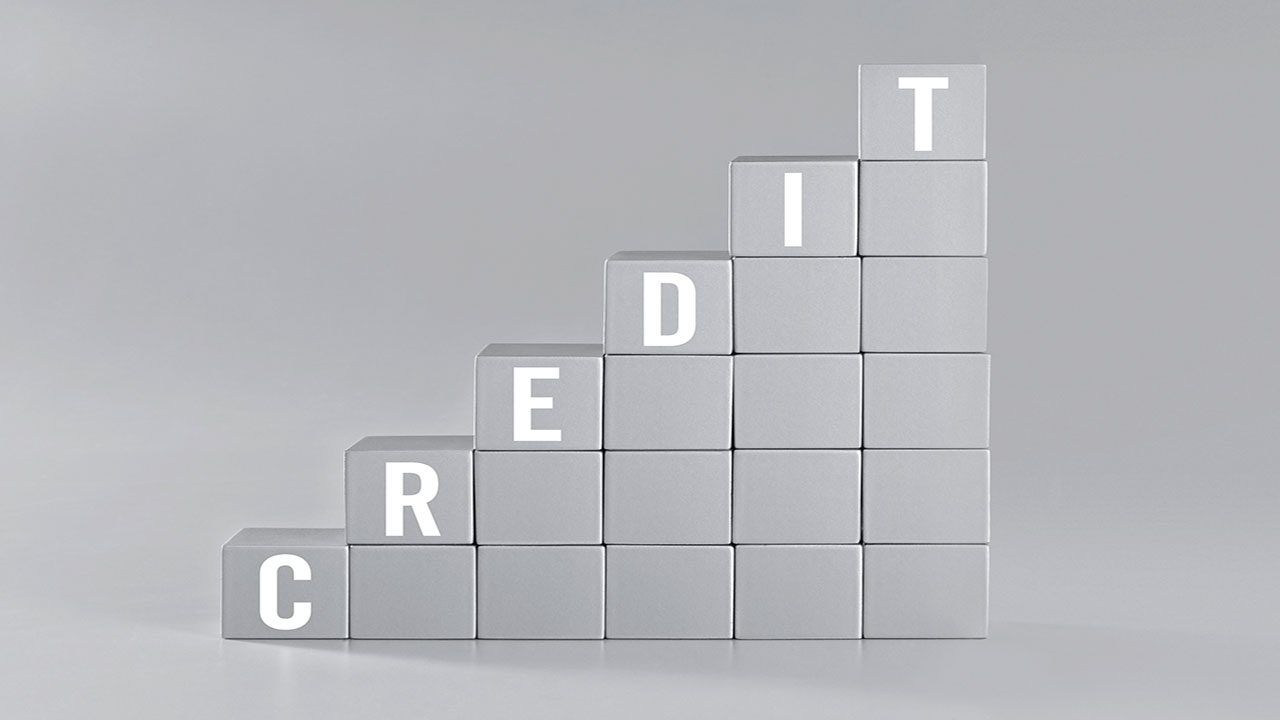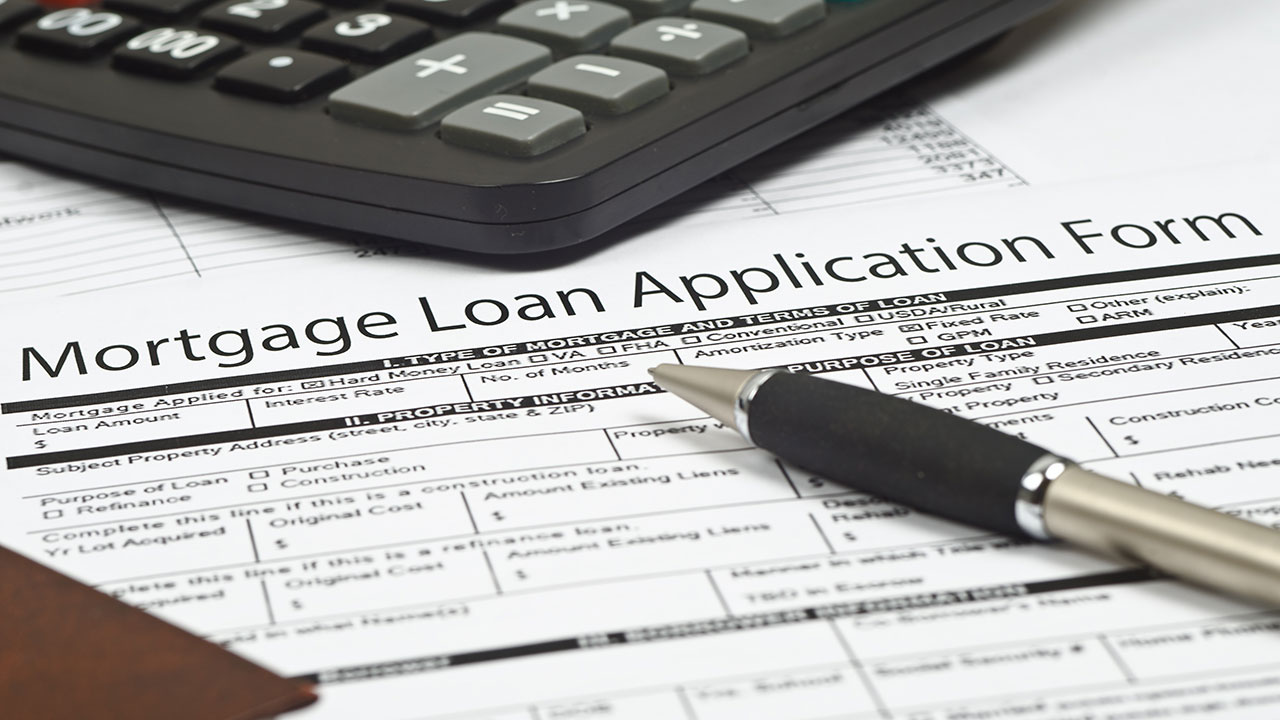Self-Employed? Here’s How to Boost the Odds of Mortgage Approval
/in Uncategorised /by admin
When it comes to getting a mortgage, borrowers are typically asked to present several pieces of documentation. Some of the more important paperwork includes a letter of employment from your employer as well as statements of income verifying how much you make on a regular basis.
But if you’re self-employed, you don’t have an employer, nor do you collect any paystubs that show your regular income. This can be a problem in terms of applying for a mortgage. Some lenders might be worried that your income isn’t steady enough to allow you to handle monthly mortgage payments. Others just might not want the hassle of dealing with more documentation that’s often required to scope out a self-employed individual before approving a home loan.
That said, you don’t have to toss out your dreams of buying a home and getting a mortgage just because you work for yourself. If you are confident that you can handle a mortgage, there are several things you can do to increase the chances of getting approved for a home loan.
Gather a Sizable Down Payment

The more money you have to use as a down payment towards a home purchase, the better your odds of getting approved for a mortgage. That’s because a larger down payment will essentially reduce the amount of money borrowed, which will reduce your loan-to-value ratio (LTV). A lower LTV is perceived as less of a risk to most lenders, thereby increasing the odds of home loan approval.
Not only that, a higher down payment will also afford you with a lower interest rate. While a high LTV doesn’t necessarily mean your mortgage application will be denied, it could make it more difficult to get approved for a home loan at a decent rate.
Show Proof of a Large Savings Account
In addition to a large down payment, a healthy savings account will please lenders and give them some assurance that you have enough money in an emergency fund to prevent any missed payments should you have a bad month or two with your business. The more money you have saved up for a rainy day, the better your chances of an approved home loan application.
Work on Your Credit Score

Your credit score plays a key role in your mortgage application. A high score shows lenders that you’re capable of making your debt payments on time and in full each month and are serious and responsible about paying down your debt. A lower score, on the other hand, has the opposite effect.
If your score could use some improvement, take the time to increase it before applying for a mortgage. Don’t miss any bill payments, minimize the amount you spend on your credit card, and avoid taking out new credit accounts. Improving your score will make you a good candidate for mortgage approval in the eyes of your lender, and it may also help you get a lower interest rate too.
Have All Your Business-Related Information Readily Available
As a self-employed individual, you’ll have to come up with plenty of documentation to prove you’re financially sound. Typically, lenders want the following documents from applicants who run their own businesses:
- Minimum of two years’ worth of tax returns (including all associated schedules)
- Profit and loss statements
- Balance sheets
The more documentation associated with your business’s income that you can supply, the better your chances of qualifying for a mortgage.
Don’t Write Off Too Much

As a business owner, you probably try to write off as much as you can to save money at tax time. However, it’s important to keep in mind that deducting from your taxes lowers your qualifying net income, which can therefore make it more challenging to get approved for a home loan.
Lenders will be looking at your net income over the past two years, and if you deduct too much from your gross income, your debt-to-income ratio (DTI) will suffer. While it’s beneficial to save some money by deducting business expenses from your taxes, you don’t want to write off too much to the point that your income won’t appear adequate enough to sustain a mortgage.
Pay Down as Much Debt as Possible
Too much debt will throw off your debt-to-income ratio and will make you seem like a risky borrower to lenders. The more you’re able to pay down your debt, the lower your DTI will be and the better your odds of getting approved for a mortgage. Not only that, but making your mortgage payments will be easier for you if you’re not drowning in debt.
Have Separate Personal and Business Accounts

Lenders will have to verify that the money being used for your down payments won’t negatively impact your business’s cash flow. This process of verification can be complicated if the money you use comes from one account that is used for both personal and business purposes. For this reason, it can be helpful if you separate your money into personal versus business accounts to make the process less cumbersome for everyone involved.
Keep Detailed and Up-to-Date Records
You may be required to submit a profit and loss statement, so properly classifying your income and expenses in great detail is very helpful. Maintaining good records can reduce any headaches when it comes time to provide the information your lender requests.
Wait Until You’ve Got a Solid Self-Employment History

It might be worth it to wait a couple of years to apply for a mortgage if you’re just starting a business or if the past few years haven’t been too successful. If you’re able to prove to your lender that your business is on solid ground by showing at least two years of solid self-employment history, you may be able to boost your odds of mortgage approval.
The Bottom Line
Being self-employed might require you to submit a few extra types of paperwork compared to a W-2 wage earner, but that doesn’t mean getting approved for a mortgage should be an impossible feat.
Understand what is required of a self-employed individual well in advance of applying for a mortgage and go into the process prepared. Speak with a mortgage specialist long before you decide to buy a home to find out exactly what you need and what you should do to put yourself in the position for mortgage approval when the time comes to apply.
Using Your 401(K) or IRA For Your Down Payment
/in Uncategorised /by admin
If you’re planning to buy a home in the near future, you’ll need some form of down payment to secure a mortgage. The thing is, it can be downright difficult to gather up the funds needed to put a decent-sized down payment towards your home purchase. With housing prices being what they are today – especially in more expensive centers like San Francisco – coming up with a down payment relative to the purchase price is a major feat.
Fortunately, there are various sources of funds that you may be able to tap into besides your savings account. One resource you may want to consider is your 401(K) to access the money needed to use for a down payment. However, you could be penalized for withdrawing these funds early and can lose tax breaks associated with these retirement savings.
The question is, how can you use your saved-up retirement funds for a down payment without being slapped with penalties for doing so?
Take Out a Loan From Your 401(K) For a Down Payment

Your 401(K) account was developed and contributed to for a specific reason: to help you save up enough money to be used in your retirement years. As such, it might not seem to make much sense to tap into this account for other reasons. However, you can still benefit from these savings without compromising your long-term financial goals.
If you take money out of your 401(K) account, you’ll most likely be subject to a 10% early withdrawal penalty fee if you’re under the age of 59.5 years. Not only that, you’ll also need to pay income taxes on that money, which might not seem like withdrawing money from this account would be worth it after all.
However, there are ways for you to use your retirement funds without being penalized. For starters, you may consider borrowing from your 401(K) account rather than actually pulling money out of the account for good.
With this method, any principal and interest that would need to be repaid would go to you, not the bank. In essence, you’re borrowing from yourself and not your lender. You can choose to either pay back the amount in regular installments or in lump sums.
Like a typical loan, you are responsible for making your payments on time and in full in order to avoid any penalty fees or taxes. Given this fact, borrowing against your 401(K) only makes sense if you’re willing and able to handle your designated repayment schedule.
That said, a 401(K) loan may be your best option if you don’t have enough money for a down payment and don’t have any financial support from family members.
When taking out a loan from your 401(K) account, you can borrow as much as $50,000 or half of your account’s value, whichever is less. Any interest associated with the repayment schedule goes straight back into the account, though you are still required to pay it in full.
Roll Your Withdrawal Amount Into Your IRA

Another option you may have when tapping into your retirement funds to come up with a sizable down payment is to roll over the amount of money you need from your 401(K) into an IRA. Done right, doing so will also help you avoid having to pay any penalty fees associated with taking out these funds before you reach retirement age.
By taking the roll-over approach, you’ll be able to take advantage of the same type of exemption that first-timers get when they use money from their IRA accounts to beef up their down payments.
The penalty exemptions associated with an IRA depends on the type of account you’re rolling into:
Roth IRA – You don’t have to worry about being stuck with a 10% early withdrawal fee or tax payments with a Roth IRA. You can take out $10,000 without penalty or tax if you’ve had your Roth IRA for a minimum of 5 years, as long as it’s used for your first home purchase.
Traditional IRA – While you won’t be subject to the 10% early withdrawal penalty fee if you pull out up to $10,000 to be put towards a down payment on your first home, you’ll still have to pay income taxes on the money withdrawn. Also, the money needs to be used within 120 days for a home purchase in order to avoid the 10% penalty.
The major caveat here is that you can’t roll over a 401(K) that’s still with an employer that you’re still working for. Rolling your 401(K) only works on accounts from former employers. Generally speaking, you’re only able to roll over a 401(K) to an IRA after you leave a company.
Once you leave a job, you can take your employer-sponsored 401(K) with you. By rolling it over, you can transfer the balance into another retirement account without having to pay taxes on that amount. In many cases, the best option is to roll the 401(K) into an IRA.
The Bottom Line
Getting some financial help when it comes to building a down payment for a home purchase might be necessary if your savings account is marginal. In this case, your 401(K) and IRA accounts may serve you well.
However, it’s always a good idea to think long and hard before borrowing against your retirement account. Not only do you want to make sure that your retirement savings are ample by the time you reach the Golden Years, you also don’t want to put yourself in the position to be subject to penalties. Be sure to speak with a financial advisor first before making any significant decisions about borrowing from your 401(K).
How to Buy and Sell at the Same Time
/in Uncategorised /by admin
Listing your current home for sale while purchasing a new property can be a real challenge if you don’t have all your ducks in a row. Unless the closing dates between the two deals coincide perfectly, there’s always the chance of either carrying two mortgages or being stuck without a place to live until the deal on your new home purchase closes.
To ensure everything runs seamlessly, a few steps should be taken. Here are some factors to consider when buying and selling a home simultaneously.
Understand Your Market

Your real estate agent is a critical ally when entering the real estate market and will help you gain a full understanding of the current market you’re dealing with. Knowing the climate of the market is essential before buying or selling and will help arm you with important information needed to make sound purchasing and selling decisions.
More specifically, it’s crucial to determine whether or not you’re working in a buyer’s or seller’s market, as either will determine how you should approach your purchase and sale tactics. Your strategy will depend on who has the upper hand in the market, and in many centers across California, the power has been with sellers over the recent past.
From a seller’s standpoint, this is good news for you. But as a buyer, you may need to take extra steps to ensure you come out on top when competing against other buyers. One way to do this is to consider a few different properties to put an offer on in case you lose out on a bidding war. That way, you’ll minimize the odds of being left without any options after your current home has sold.
Try to Coordinate Closing Dates
This might sound obvious, but trying your absolute best to coordinate the closing dates between your current home and your new purchase will make things a lot easier for you. The closing date of your current home should ideally come shortly after your new home. Lining up the buying and selling closing dates can be a more realistic feat if you are active in both the buying and selling process at the same time.
For instance, it’s essential to start preparing to purchase a new home while being active in the sales process of your current home. Put yourself in the position to be ready to purchase by keeping your finances in order, ensuring your credit score is in good standing, and speaking with a mortgage specialist to prepare for your new purchase.
Meanwhile, you should also take steps to keep your home clean and clutter-free, and perhaps have your home professionally staged to ensure that it stands out in a positive light to prospective buyers looking in your neighborhood. In the meantime, your real estate agent will be working hard to market your property to make sure it doesn’t take any longer than necessary to find the right buyer.
Make Your Offer Contingent on the Sale of Your Home

You could consider inserting a contingency in your purchase offer that makes the deal conditional upon the sale of your current home. If you happen to find a home to purchase before you sell your existing home, this contingency will give you the chance to find a buyer for your property before the deal on your new home purchase closes. This is usually an option to consider if you feel that you’re much more likely to find a new place a lot quicker than finding a buyer for your existing home.
But while this might sound good in theory, it often does not work out, especially in competitive seller’s markets. Sellers are typically not fond of these types of contingencies as they can drag out deals. In the meantime, sellers may be missing out on other potential buyers that may be interested in buying their home. Speak with your real estate agent first before considering this option.
Consider a Rent-Back Agreement
Aligning both closing dates together is an ideal scenario, but it doesn’t always work out that way. If you happen to sell first without having solidified a deal on a home purchase, you could be left scrambling to find someplace to stay in the meantime.
As a backup plan, consider a rent-back agreement whereby the buyer rents out your existing home to you for a specific time period after you sell. In exchange for allowing you to stay in the home until the closing date of your new home, you pay the buyer rent until you’re finally ready to move into your new place. With this type of arrangement, you won’t have to worry about staying in a hotel, renting another place, or asking family or friends if you can stay at their home until your new place is ready.
Come Up With Financial Backup Plans

A rent-back agreement could be an option if you sell your home before finding a new one. But on the other side of the coin whereby you find and buy a new home before selling your current property, you would be stuck with two homes, carrying a mortgage for each. In this case, you will need to have a financial plan in place.
One of the most common options for buyers is a bridge loan, which is short-term loan that’s used to cover the gap between the purchase of a new home and the sale of an existing property. This can help you avoid holding two full mortgages at the same time, which can easily happen if your existing home doesn’t sell in time for your new home purchase to close. A bridge loan is secured to your current home, and the funds from the loan are put towards a down payment on your next property.
It should be noted that not all lenders offer bridge loans. You will have to speak with your lender to see if a bridge loan is an option for you in the event that your home doesn’t sell before your new purchase closes.
Another popular option to reduce the financial burden of carrying two properties is taking out a home equity line of credit, or HELOC. With this option, your lender agrees to lend a certain amount of money within a specified term, after which that money can be used towards your new home purchase. In this case, the loan is secured against the equity in your home, which is somewhat like having a second mortgage taken out.
However, a HELOC may not be possible if your home is on the market, as most lenders won’t loan out HELOCs in this case.
Whichever option you choose, be sure to speak with a mortgage specialist and your real estate agent about ways to lessen any financial risk and strain associated with buying first before selling.
The Bottom Line
Dealing with the sale of your current home with the purchase of a new property can be a real juggling act. Such a scenario certainly requires plenty of careful planning well in advance of making any decisions. Before engaging in a purchase and sale, you’d be well-advised to team up with a seasoned real estate professional who will be able to guide you in the right direction. Only after sound collaboration with your realtor should any financial decisions be made.

